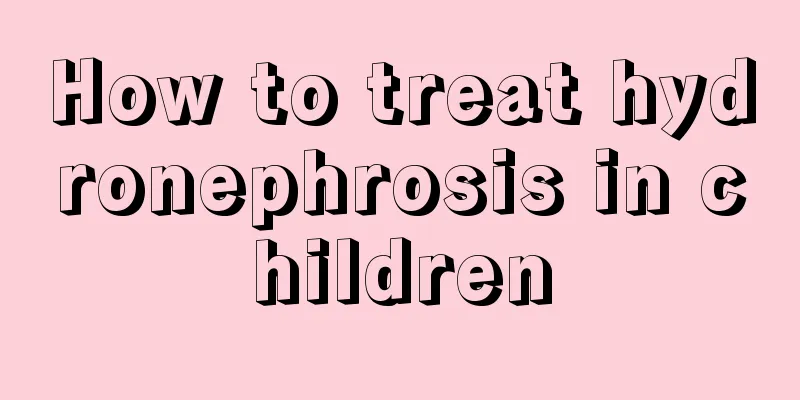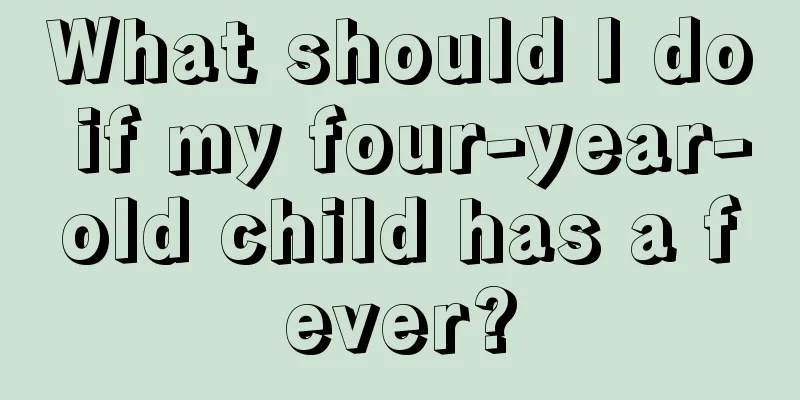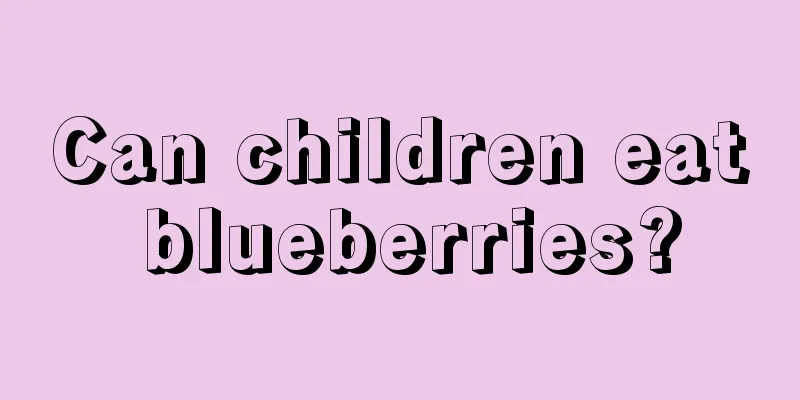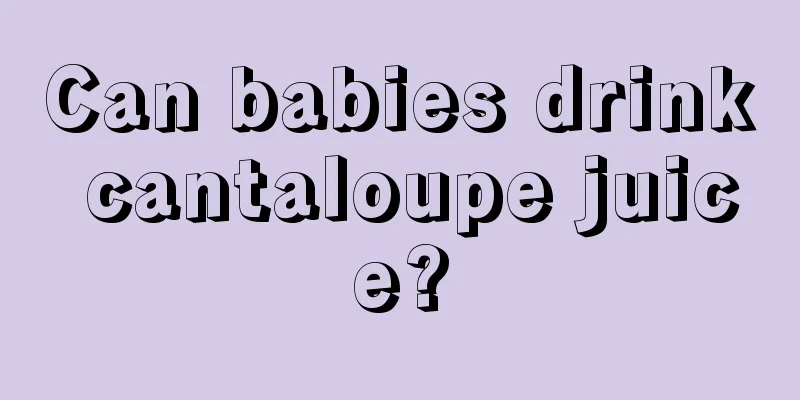At what age do children start to replace their first teeth?
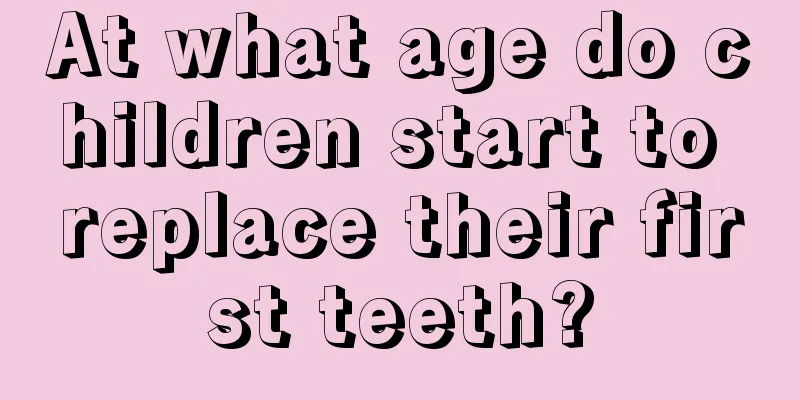
|
As we all know, children will change their teeth during childhood, because changing teeth will make the teeth stronger. However, during the period of tooth replacement, children also need to pay attention to many things. For example, sometimes they will feel very uncomfortable with their teeth, so they like to touch them with their hands. This is not only prone to infection, but also affects the normal growth of teeth. So the question is, at what age do children change their teeth? There are twenty deciduous teeth in total, which begin to develop when the mother is five to six weeks pregnant. The first deciduous tooth grows about six months after birth; that is the central incisor on the lower jaw. The remaining deciduous teeth erupt one after another, and all the deciduous teeth have erupted by about two and a half years old. At the age of six, the incisors of the deciduous teeth begin to be replaced by the eruption of permanent teeth. At this time, the permanent first molars (commonly known as six-year-old teeth) often quietly grow out from behind the second deciduous molars. They are often mistaken for deciduous teeth that will be replaced again. I would like to remind parents to divide the twenty deciduous teeth by four, and divide them into four zones: upper, lower, left, and right. Then the sixth tooth in any zone should be a permanent tooth!! Therefore, a person grows teeth twice in his life, once is the deciduous teeth, and once is the permanent teeth, which are adult teeth. The permanent tooth germs begin to develop and calcify after birth and start to erupt at the age of 6-7. There are 32 permanent teeth in total, and they are usually fully erupted by the age of 20. When the permanent teeth erupt, the deciduous teeth fall out one after another, and the time sequence is as follows: At the age of 6, the two lower incisors come out, and at the same time, the first large molar, commonly known as molar, comes out behind the second deciduous molar, one on the upper and lower left and right; the two lower deciduous incisors fall off. At the age of 7, the two upper front teeth came out and the two deciduous front teeth fell out. At the age of 8, the upper and lower incisors come out, and the upper and lower deciduous incisors fall out. At the age of 9-10 years, the lower canines and the first bicuspids (one on each side, upper and lower) break out, and the lower deciduous canines and the first deciduous molars (one on each side, upper and lower) fall off. At the age of 10 to 11 years, the upper canines emerge and the upper deciduous canines fall out (one on each side). At the age of 11 to 12, the upper and lower second canines come out (one on each side), and the upper and lower third deciduous molars fall off (one on each side). Generally, all the deciduous teeth fall out at the age of 12 to 13, and then only permanent teeth, namely molars, come out. The second molars come out at the age of 12, and the third molars come out at the age of 18, every 6 years, hence the name 6-year-old teeth. However, some people do not get these teeth until around 30 years old, and some individuals do not get them at all. When children are changing their teeth, if the deciduous teeth do not fall out and the permanent teeth erupt on the side of the deciduous gums, which is the so-called double teeth, they should go to the hospital as soon as possible to extract the deciduous teeth, and the permanent teeth can quickly return to their original positions. In addition, if the deciduous teeth fall out early and the permanent teeth do not erupt for a long time, children will be accustomed to chewing food with their gums, and the gums will become keratinized and thickened, making it difficult for the permanent teeth to erupt. If the permanent teeth are close to the gums and the gums become dark and white, and the hard cutting edge of the teeth is touched under the gums during palpation, the gums at the cutting edge can be cut off to expose the cutting edge of the teeth, which will accelerate the eruption of the teeth. In addition, children should eat more hard and crisp foods during the period of tooth replacement, such as steamed bread, dry bread, dry corn bread, vegetables, beans, etc., to stimulate the development of upper and lower jaws and promote the early eruption of permanent teeth. When deciduous teeth are lost, the roots are absorbed first. After the rootless deciduous tooth crown falls off, the permanent tooth crown will erupt from under the gums in the original tooth socket. For newly erupted teeth, the dentin has not yet fully formed and the root continues to develop. It takes about 11/2 to 3 years for the root apex to be fully formed. During the period of teething or tooth replacement, children must be well protected, avoid all trauma, and pay attention to nutrition, especially mineral salts, calcium, phosphorus, or vitamins D, A1, C, etc., to promote the formation and calcification of tooth hard tissue. |
<<: What is the difference between a baby's puffiness and real obesity?
>>: Is it normal for a baby to have growing teeth first?
Recommend
What should I do if I have toothache during my 7th month of pregnancy?
People who eat whole grains are very likely to ge...
What to do with baby diaper rash? Give your baby more scientific care
If babies are not properly cared for, diaper rash...
Symptoms and treatment of IGA nephropathy in children
The health of children is believed to be the most...
Why is my two-month-old baby restless when sleeping during the day?
After the birth of a newborn, the expectant paren...
Can infants and young children eat millet porridge and precautions
Infants and young children need to supplement a l...
What to do if your baby has an itchy throat and coughs
We all know that the baby's body is relativel...
Is rotavirus lethargy dangerous?
Rotavirus invasion is the most common problem in ...
How to treat hemorrhoids in children?
As the saying goes, hemorrhoids only occur in adu...
What are the methods for treating myopia in children?
Myopia among children has developed rapidly in re...
Why do children’s palms turn yellow?
If your baby's palms turn yellow, it may be c...
Diet therapy for bronchitis in children
Children are a vulnerable group and are more susc...
What to do if your baby has indigestion after changing milk powder
The health of the baby is something that every mo...
What should I do if my one month old baby doesn't sleep during the day?
Is it normal for babies not to sleep during the d...
The child fell and broke his skin. What should I use to wipe it?
Children are playful and curious about the outsid...
Why does the baby have a lot of eye mucus in one eye?
Newborn babies are very susceptible to minor illn...

